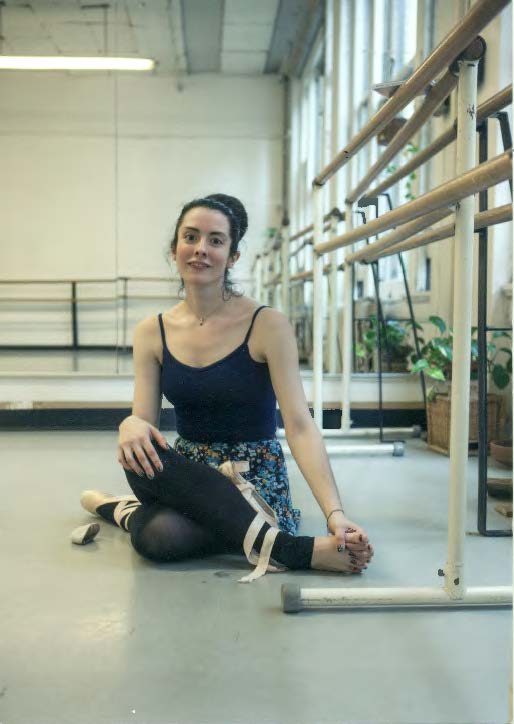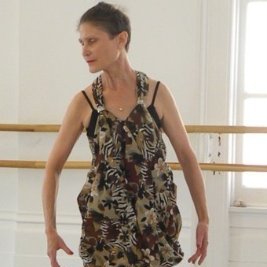I’ve decided that it’s finally time I do some serious meal prepping.
I’ve been doing a little bit of meal prepping by prepping my lunches for the week ahead by buying a bunch of veggies (carrots, cucumbers, bell peppers) and chopping them on Sunday ahead of time. I also usually make some spicy mayo dip to go with it like you get a sushi place. The rest of my lunch usually ends up being yogurt and some fruits like bananas and apples (as well as the occasional smoothie).

 of the knee or knees. This
of the knee or knees. This 




